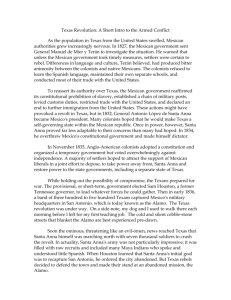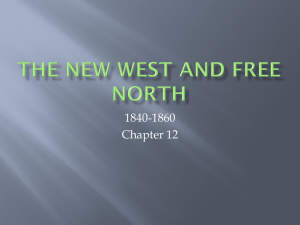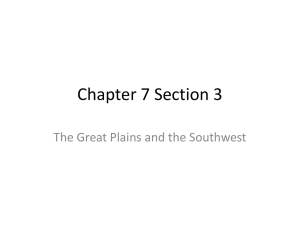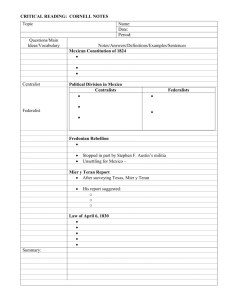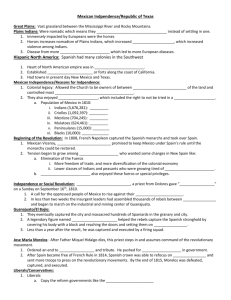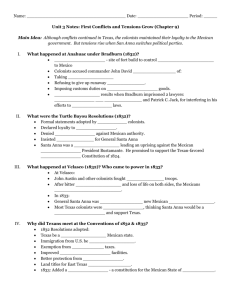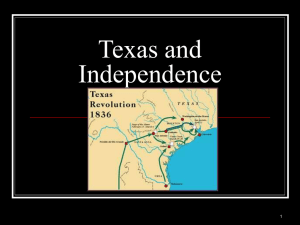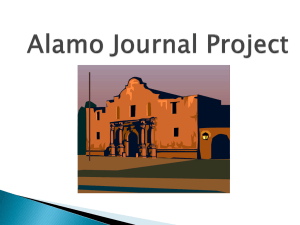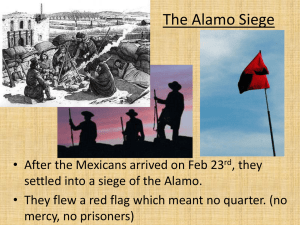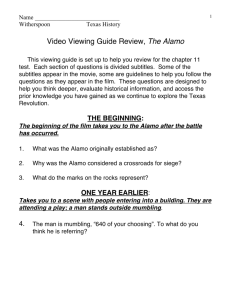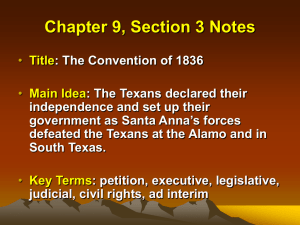Texas Stations
advertisement
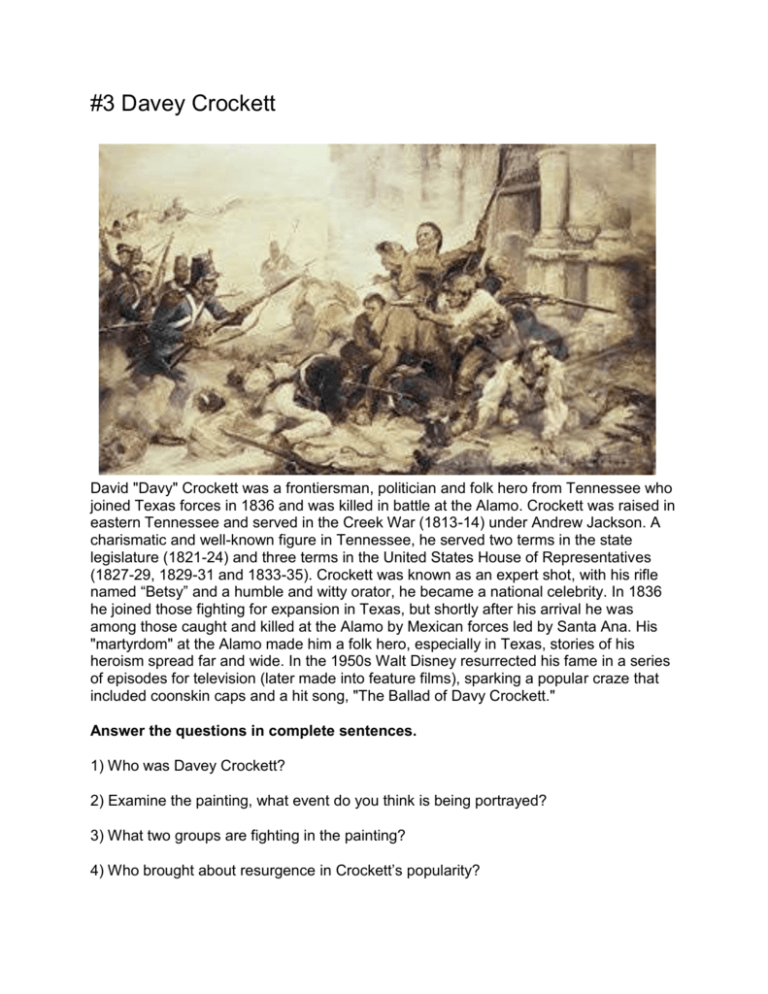
#3 Davey Crockett David "Davy" Crockett was a frontiersman, politician and folk hero from Tennessee who joined Texas forces in 1836 and was killed in battle at the Alamo. Crockett was raised in eastern Tennessee and served in the Creek War (1813-14) under Andrew Jackson. A charismatic and well-known figure in Tennessee, he served two terms in the state legislature (1821-24) and three terms in the United States House of Representatives (1827-29, 1829-31 and 1833-35). Crockett was known as an expert shot, with his rifle named “Betsy” and a humble and witty orator, he became a national celebrity. In 1836 he joined those fighting for expansion in Texas, but shortly after his arrival he was among those caught and killed at the Alamo by Mexican forces led by Santa Ana. His "martyrdom" at the Alamo made him a folk hero, especially in Texas, stories of his heroism spread far and wide. In the 1950s Walt Disney resurrected his fame in a series of episodes for television (later made into feature films), sparking a popular craze that included coonskin caps and a hit song, "The Ballad of Davy Crockett." Answer the questions in complete sentences. 1) Who was Davey Crockett? 2) Examine the painting, what event do you think is being portrayed? 3) What two groups are fighting in the painting? 4) Who brought about resurgence in Crockett’s popularity? #4 Santa Anna’s Leg Mexican general Antonio Lopez de Santa Anna became a villain in America when he ordered his troops to kill Davy Crockett and everyone else inside the Alamo. He was a general in the Mexican Army and leader of the nation on 11 non-consecutive occasions over a period of 22 years. The average person probably didn't know that the general had a fake leg though. Santa Anna's real leg was amputated after he was hit by cannon fire during a melee with the French in 1838 (the leg was interred with full military honors). In 1847, his artificial leg was captured by soldiers of the 4th Illinois Infantry. Santa Anna was eating lunch during a battle with the United States when the Americans surprised him, and he galloped off without his leg. The sergeant who grabbed the wooden (and cork) leg exhibited it at county fairs for a dime a peek, but since 1922 it's been in the care of Illinois National Guard. Answer the following questions in complete sentences. 1) Who was Santa Anna? 2) How many times was Santa Anna leader of Mexico? 3) How did he lose his leg? 4) How did American soldiers end up with his leg? #1 The Texian Volunteer Many Texians did not have uniforms. They instead wore hunting clothing that would hold up in outdoor conditions. The frock (another word for coat) was made of either buckskin or linen. The cape on the frock was designed for extra warmth. The fringe at the bottom of the cape and along the sleeves was not just a decoration – it helped the garment dry faster. A linen shirt, buckskin or linen pants, and moccasins completed the outfit. A fur cap sometimes replaced the broad brimmed felt hat in cold weather. This Texian is armed with a single-shot flintlock rifle. Although it had a range of twice as far as the standard military musket, the rifle took much longer to load and fire. Unlike the musket, the rifle did not have a bayonet. Frontiersmen carried long knives to make up for this drawback. A hollowed out horn from a cow or a buffalo, slung over the shoulder, carried gunpowder. A leather pouch was also carried over the shoulder and contained lead bullets, patches, and spare flints. The Texian Army at the beginning of the revolution was made up mainly of colonists who had already settled in Texas. Gradually, however, volunteers from the United States arrived who wanted to help win Texas’ independence. Many Tejanos (Texas-born Mexicans) also fought against the government of General Antonio López de Santa Anna. Answer the following questions in complete sentences 1). Define the word “Texian.” 2). What was the relationship between Texian colonists and their environment? 3). Why were people in the United States interested in events in Texas? 4). Why did the Texians want their independence from Mexico? #2 William Travis William Travis, commander of the Alamo, was from South Carolina. He had left his wife, son and unborn daughter and moved to Texas to start a new life. He arrived in 1831 and established a law practice in Anahuac on Galveston Bay. In the course of practicing law in Texas, Travis met men associated with the war party, a group of militants opposing the Mexican government. With time he accepted a commission of lieutenant colonel of cavalry. rd After General Santa Anna’s arrival in San Antonio on February 23 Travis penned letters to the provisional government of Texas explaining their situation and requesting reinforcements. He was one of the 1st deaths at the Alamo. Below is one of the most famous. To The People of Texas and All Americans In The World -February 24, 1836 Fellow citizens & compatriots -I am beseiged, by a thousand or more of the Mexicans under Santa Anna -- I have sustained a continual Bombardment & cannonade for 24 hours & have not lost a man -- The enemy has demanded a surrender at discretion, otherwise, the garrison are to be put to the sword, if the fort is taken -- I have answered the demand with a cannon shot, & our flag still waves proudly from the walls -- I shall never surrender or retreat. Then, I call on you in the name of Liberty, of patriotism, & every thing dear to the American character, to come to our aid, with all dispatch -- The enemy is receiving reinforcements daily & will no doubt increase to three or four thousand in four or five days. If this call is neglected, I am determined to sustain myself as long as possible & die like a soldier who never forgets what is due to his own honor & that of his country -VICTORY OR DEATH William Barret Travis Lt. Col. Comdt. P.S. The Lord is on our side -- When the enemy appeared in sight we had not three bushels of corn -- We have since found in deserted houses 80 or 90 bushels & got into the walls 20 or 30 head of Beeves -Travis Answer the following questions in complete sentences. 1) Who was William Travis? 2) What did he do for a living before the war? 3) What is the purpose of Travis’ letter? 4) Who was Travis asking for help? #5 Map of Texas Revolution Answer the following questions in complete sentences. 1) Name the 3 Texan victories. 2) How far did Santa Anna march his troops to reach San Jacinto? 3) Name the 3 Mexican Victories. 4) What direction did the Mexican forces march to reach Texas?
